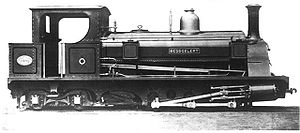The Netherlands–South African Railway Company or NZASM was a railway company established in 1887. The company was based in Amsterdam and Pretoria, and operated in the South African Republic (ZAR) during the late 19th century. At the request of ZAR president Paul Kruger, the NZASM constructed a railway line between Pretoria and Lourenço Marques in Portuguese East Africa.

Under the Whyte notation for the classification of steam locomotives, a 2-6-4 locomotive has two leading wheels, six coupled driving wheels and four trailing wheels. This arrangement is commonly called Adriatic.
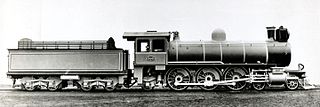
The South African Railways Class 9 4-6-2 of 1904 was a steam locomotive from the pre-Union era in Transvaal Colony.

The South African Railways Class 8B 4-8-0 of 1903 was a steam locomotive from the pre-Union era in Transvaal Colony.

The South African Railways Class 8C 4-8-0 of 1903 was a steam locomotive from the pre-Union era in Transvaal Colony.

The South African Railways Class 7B 4-8-0 of 1900 was a steam locomotive from the pre-Union era in Transvaal.

The South African Railways Class 6Z 2-6-4 of 1901 was a steam locomotive from the pre-Union era in the Cape of Good Hope.

The South African Railways Class B 0-6-4T of 1893 was a steam locomotive from the pre-Union era in Transvaal.

The South African Railways Class D 2-6-4T of 1898 was a steam locomotive from the pre-Union era in Transvaal.
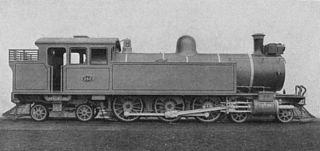
The South African Railways Class F 4-6-4T of 1904 was a steam locomotive from the pre-Union era in Transvaal Colony.
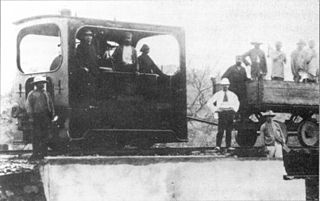
The NZASM 10 Tonner 0-4-0T of 1889 was a South African steam locomotive from the pre-Union era in Transvaal.
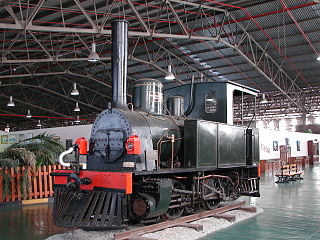
The NZASM 14 Tonner 0-4-0T of 1889 was a South African steam locomotive from the pre-Union era in Transvaal.
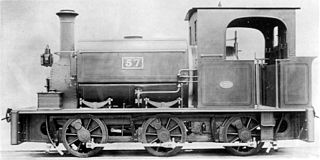
The NZASM 18 Tonner 0-6-0ST of 1890 was a South African steam locomotive from the pre-Union era in Transvaal.

The NZASM 19 Tonner 0-4-2T of 1891 was a South African steam locomotive from the pre-Union era in Transvaal.

The NZASM 32 Tonner 0-4-2RT of 1894 was a South African steam locomotive from the pre-Union era in Transvaal.

The NZASM 40 Tonner 0-6-2T of 1892 was a South African steam locomotive from the pre-Union era in Transvaal.

The Pretoria-Pietersburg Railway 26 Tonner 0-6-0ST of 1896 was a South African steam locomotive from the pre-Union era in Transvaal.

The Pretoria-Pietersburg Railway 35 Tonner 4-6-0T of 1887 was a South African steam locomotive from the pre-Union era in Transvaal.

The Central South African Railways Class C 2-8-4T of 1900 was a South African steam locomotive from the pre-Union era in Transvaal.
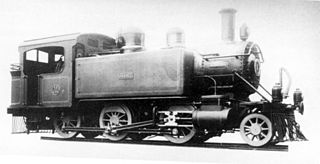
The Cape Government Railways 3rd Class 2-6-0T of 1900 was a South African steam locomotive from the pre-Union era in the Cape of Good Hope.

